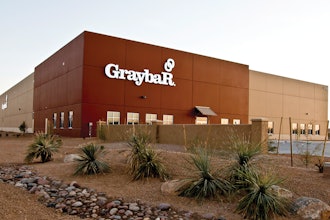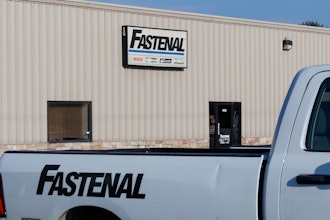We’ve all received annoying, repetitive and redundant sales emails about things we’re not even interested in. Our least favorite are the “I’m emailing you since you didn’t respond to my first email” emails, the “just following up” emails, and emails that are so generic they could be trying to sell almost anything.
But don’t lose hope — your sales emails don’t have to fall into that trap. They can be interesting, engaging and get people to respond. One of the keys is to not give up after the first email.
Yesware reviewed over 500,000 sales emails and found that only 19 percent of salespeople send more than one email. But 70 percent of the time you need to send more than one email to get a response. That’s a lot of missed opportunity!
The trick is to ensure that each email is unique, gets to the point quickly and adds value for the prospect. Improve your sales emails with the following seven tips about writing follow-up sales emails that will help ensure they are received well and convert into sales.
1. This Could Be the Only Email They Read
It is important to remember that even though you may have sent three carefully written emails, your prospect may not be reading each email. More often than not, they will have ignored your emails or not read them entirely; so when creating each email, don’t refer to points made in past emails.
Even if they have read your past email, don’t assume they remember what they read. Chances are, if they had been affected by your previous email, they would have reached out to you. Be sure to include everything they need in case this is the only email they open — who you are, who you represent, and how to contact you.
2. Not Everyone Will Be Impressed by your Persistence
When sending follow-up sales emails, it may not be in your best interest to include the back chain of all the emails you have sent them in the past. While you may be trying to show them that you have been in contact with them before in order to build trust this may actually work against you. In some cases, it may make sense to include your past email thread, but if you are sending an email that includes “RE:RE:RE:RE:RE:RE:” you’re be sabotaging your sales efforts.
3. Every Email Needs a Purpose
Don’t send out emails for the sake of sending out an email. You want to remind them of you and your product, not annoy them or waste their time. Be sure to have a clear reason for every email you send and make it interesting and informative to encourage your contact to actually read it. Use this opportunity to try new messaging techniques, or inform them of different features that your prospect may be interested to learn.
4. Be Concise
Keep it simple. Each email you send should have one main message. Particularly because you are going to be sending multiple follow-ups, you do not need to include everything in each email. Your prospect will be more likely to read your email if it is short and to the point. As long as you are able to clearly convey your message, keep your email to 3-5 sentences.
5. Include a Call to Action
Think about the goal of your email and conclude by asking your prospect to take action. You don’t want to just send information to your potential customers; you want to use that information to incite action.
If your goal is to introduce a new product, include a link to that product page and ask them to visit it. Your goal may be to invite guests to an event, if so, include a link to the registration page and request that they register now. Be clear and direct about what you would like the reader to do after they’ve finished reading.
6. Follow Up More Than Once
One or two follow-up emails is not enough. In order to get a response, you need to send on average at least five emails. Make sure each email is unique and contains a different goal and call to action. As we said earlier, not all of your emails will be opened or read. This makes it important to reach out multiple times in hopes of including a message that will grab their attention. Then take note of the emails that do appear to be working for next time.
7. Say Goodbye
You should not continue sending emails forever. We recommend not sending more than eight emails (over the course of several months), as this could irritate your prospects or get your emails marked as spam.
If you decide that there does not seem to be a purpose in continuing to send emails to a specific prospect, be sure to say goodbye. Letting them know that you will not be sending them emails in the future may be the push they need to finally respond. Try writing a note that leaves the exchange on a positive and helpful note in case they have second thoughts and want to reach out to you again in the future.
By following these seven steps when drafting follow-up emails you’ll get more positive responses. Which, of course, leads to more sales!
Martha Boulianne manages marketing and sales at ActiveConversion. You'll find her behind much of the content, design, and social media efforts that continue to grow the company's online presence. She has spent her professional life developing skills in design and online marketing and spends her time not at work charging around after her family and making things.
This blog was originally posted by ActiveConversion here






















